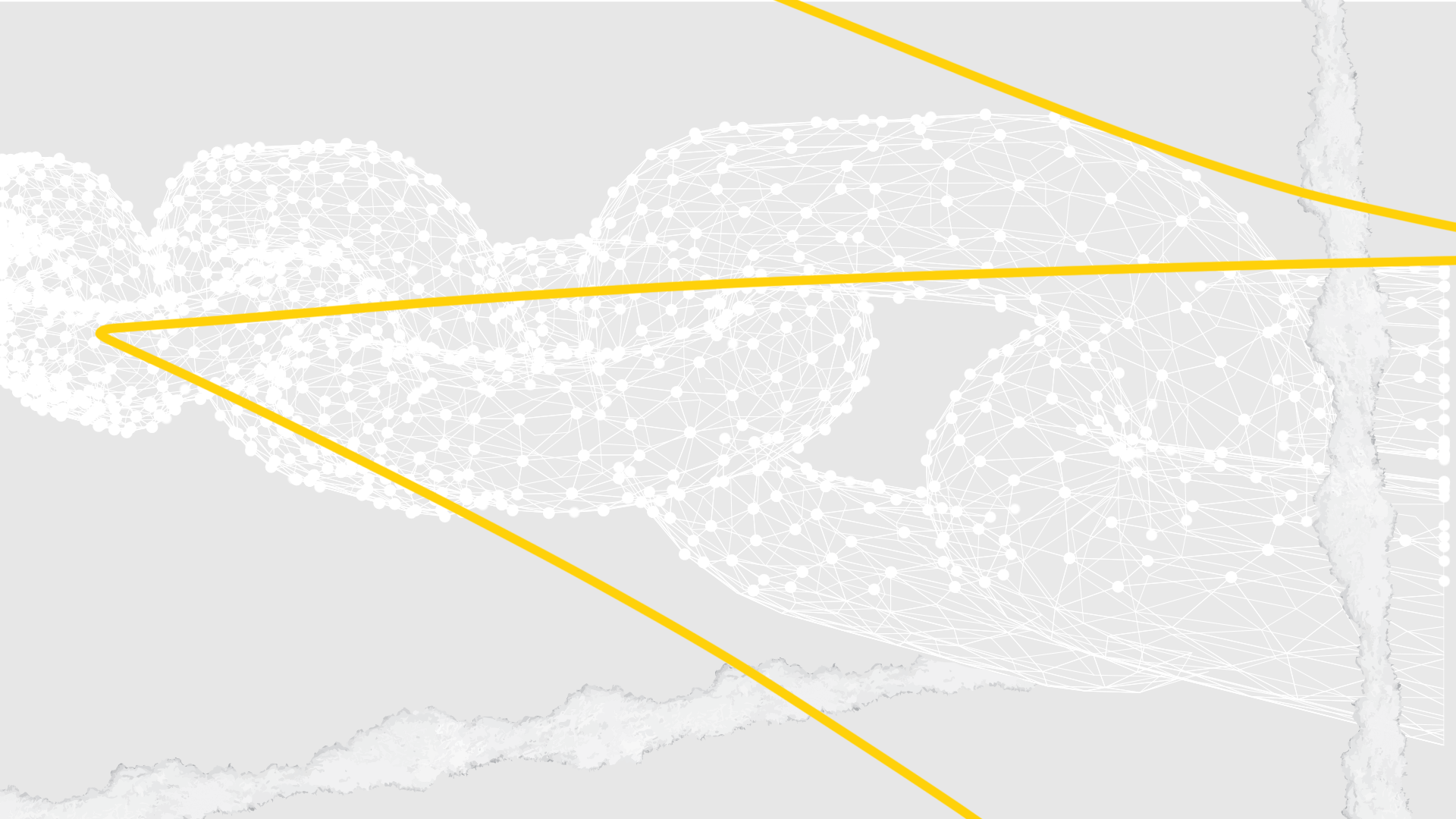It’s no secret that blockchain technology has been a hot topic for the last few years. One of the key features behind the growing popularity of blockchain tech is dApps development. If that sounds like a made-up word, don’t worry. This post will cover everything you need to know about dApps and their development so that you and your business can start taking advantage of them.
What are dApps?
First things first, what are dApps? Short for “decentralized apps”, dApps are apps that are built on the blockchain. This means that no one owns them, and anyone can use them. If you know what a smart contract is, a dApp is just a smart contract with a user interface on the front end.
Because dApps are decentralized, the user has total control over the data that is entered, transformed, and created through the dApp. This is different from a traditional app, which stores data in a central location, such as a database.
For the same reason, dApps are also significantly slower than traditional apps. So they’re not necessarily better than a standard app — they just have certain advantages that make them ideal for unique situations.
Below is a breakdown of some of the key features unique to dApps.
dApps use peer-to-peer networks
One of the most unique things about dApps is that they use peer-to-peer networks. This is done through the blockchain, and it’s why no single entity has control over a dApp.
That means that the dApp runs on a network supported by everyone using it. If that sounds vague, you can think of it like the internet. There is no magic box that contains the internet. Instead, the internet is created by everyone using it every time they use it. dApps work similarly in that each person’s use of and interaction with a dApp keeps it running.
dApps are more secure than regular apps
Because no single entity owns a dApp, there isn’t a centralized place where the dApp, and importantly the dApp’s data, exists. And that enables them to be more secure than a traditional app.
With a traditional app, a hacker only needs to gain access to the central database or the accounts with access to that database. But with a dApp, neither of these entry points exists. There’s no way to “access” them because they aren’t there.
dApps development can be less expensive
dApps development can be less expensive because it is essentially simpler. Most businesses aren’t creating dApps with the same level of intricacy as a traditional app.
Usually, a dApp just executes a few basic tasks for the user. And since they’re being deployed on the blockchain, a lot of the framework is already in place. All that needs to be developed are the functions and interface for the app, and you’re done. They’re easy to deploy, too!
The benefits of developing dApps
There are several benefits to building a dApp over a traditional app. Here are just a few:
- Data integrity. You get complete data integrity because dApps have increased data security and use peer-to-peer networks to store data. Every user knows that the data is accurate because every user has verified the data.
- Privacy. dApps provide higher levels of privacy because there is no governing body behind the dApp. This means that no one can own, manipulate, misuse, or even ask for your personal information.
- No downtime. Since dApps exist on the blockchain rather than on a server, they don’t have downtime. There will never be a time when you can’t access your dApp.
How are dApps made? Starting dApps development
Now that you have an idea of what dApps are and why people choose to create them, it’s time to explore that creation process. Below are the steps to create a dApp from start to finish.
Identify the problems you need to solve
First, you need to identify the problems you want to solve with your dApp. This is just like creating any other app, so it’s something your development team should be familiar with.
What’s unique to dApps is that they are specialized solutions to a problem. You need to evaluate if a dApp is the ideal solution to that problem. What advantages does a dApp have that a traditional app doesn’t that will make it the right option for your team?
Create a proof-of-concept
Next, you’ll want to create a proof of concept for your dApp. This is where your ideas for your dApp become a prototype that you can test. The goal during this stage is to see if your solution works.
For instance, you may find that your interface is off or that you should be coming at the problem from another angle. Or maybe you’ve realized that the problem isn’t significant enough to warrant dApp development. Whatever the case, you want to start prototyping and pushing the limits of your dApp concept.
Choose a blockchain to use
Next, you’ll want to choose a blockchain for deploying your dApp. Ethereum is probably the first one that comes to mind as it’s the most popular, but there are several other options you can go with. You can even put in the time to develop your own blockchain if that’s what’s right for your organization.
Launch your dApp
With all of the dApp development out of the way, you’re ready to launch your dApp! This happens after rigorous testing to make sure that your dApp runs as it’s supposed to.
Remember not to rush things during this step! You can’t make changes to a dApp after it’s launched. That’s one of the reasons it’s good to keep things simple. So take your time and make sure you get it right.
Get help with your dApp development from our smartest engineers & product specialists at RebelDot
You don’t have to build your dApp alone. You can just reach out and start realizing your vision today!






